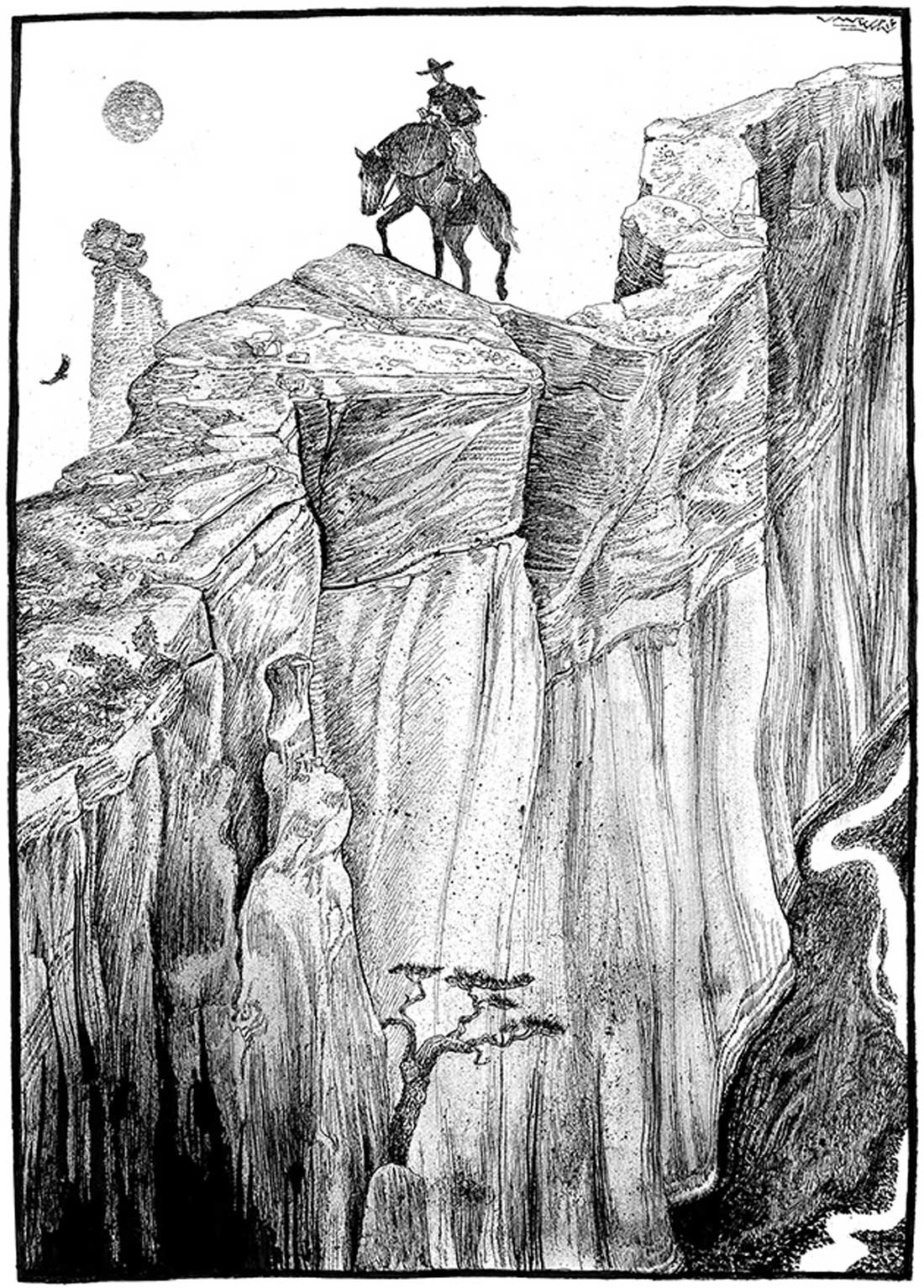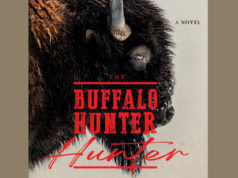Bill Wittliff can definitely craft a tale. Although this is his first book of fiction, consider his screenwriting credits: Legends of the Fall, Lonesome Dove, and The Perfect Storm, among others. Equally stellar are his books of fine art photography.
And now we have The Devil’s Backbone, a galloping adventure of Texas in the 1880s, crowded with remarkable characters. Our main protagonist is sure to elicit sympathy — a young boy whose mother has just disappeared, leaving him and his brother to suffer the abuses of their father, Old Karl.
The story is told by this boy after he’s grown up and has children of his own. Actually, he’s speaking to one of his children, the book’s narrator. Thus, we have the oddity of a little boy called Papa. We never hear his actual name. There’s no risk of confusing our hero with his father, though. Old Karl is the primary villain of the piece and is never seen as a benevolent patriarch.
Fleeing his horrid life at home, our boy encounters a kind family who would have gladly cared for him throughout his childhood, but his mission is to find his mother. Along the way he meets up with scoundrels and saviors, mystics and Mexicans, cowboys and con men. Among the scoundrels is a fellow traveler his own age who quickly reveals his true colors but not before placing our boy in a precarious position. The primary savior is the charismatic Calley Pearsall, who seems to function as a semi-criminal guardian angel. And you can’t sling a cat without hitting somebody with spiritual powers. Most amazing is the baby named Bird, born with physical afflictions that are more than compensated by his psychic prowess. Bird is the progeny of the wicked Old Karl and a poor woman he takes up with after Papa’s mother has gone.
It’s hard not to call our boy Papa, after all, even though it gives the reader pause in the beginning. So does the language. Here’s an excerpt: “It was slow going on O’Molly Papa said, and I got to thinking bout what o’Jeffey told Marcellus and then Marcellus told me which was Sometime you get the Bad cause it’s the Bad what chases up the Good.”
Words are capitalized randomly. People, animals, and objects are given the prefix “o” (as in “old”), again randomly. Punctuation is arbitrary. These caprices can be annoying, even as you sense the author’s reasoning.
That ends any minor quibbling with this fabulous work of fiction.
Let’s go back to the story. Papa does find his mama’s horse, a beautiful mare named Precious. And he picks up a traveling companion, Fritz, a little dog who often grins and occasionally laughs. The aforementioned Molly, often referred to as “o’swayback,” is a loyal ally, and Papa finds an unlikely friend in Mister Pegleg, a coyote. Papa is shielded by both the kindly Choat family (who adopt little Bird as their own) and later by an equally noble character, Mr. Armke, who saves Papa from being wrongfully imprisoned and shows him another side of the “Mexkins” who had tormented him under Old Karl’s regime.
Offsetting these wholesome influences are countless scenes of violence, vagaries of nature, nasty fellows bent on vile deeds, and the general tragedies of life.
The structure of the narrative is guaranteed to keep you turning the pages, while the characters demand contemplation.
Wittliff is a native Texan and collaborated with Willie Nelson on the films Barbarosa and Red Headed Stranger. He worked at Southern Methodist University Press in Dallas before founding his own publishing company, Encino Press. Jack Unruh provides illustrations as spooky and evocative as Wittliff’s prose, and his credits are equally impressive: His work has appeared in Rolling Stone, Texas Monthly, and National Geographic.
[box_info]
The Devil’s Backbone by Bill Wittliff, illustrated by Jack Unruh
University of Texas Press
228 pps. $29.95
[/box_info]












